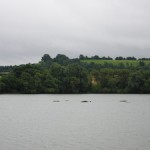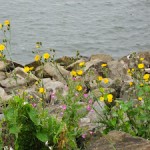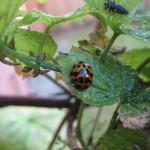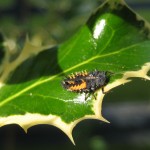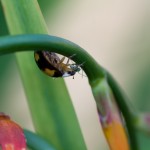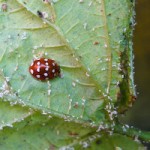Our latest shopping trip to the venerable Waitrose brought more conundrums today. We always try to buy as ethically as we can. We look for locally produced, free range, organic products (some or all) with as little packaging as possible.
Dilemma number one – Waitrose had run out of 4 pint bottles of organic milk, do I buy 4 pints of ordinary milk (ethically not too bad, they are working in partnership with the Wildlife Trusts) or do I spend a lot more and buy 2 x 2 pints of organic milk with more packaging, but less harm to the environment. I went for the organic milk, but this is mainly because it tastes better than the non-organic variety.
Dilemma number two – sausages. We rarely buy any meat, but every now and again buy a packet of sausages, happy in the knowledge that we are buying free range outdoor reared pig. However, listening to a recent Wiggly Wigglers podcast which reported from the Preston on Wye piggy day, all is not as simple as one would presume. When I think of free range I assume the pigs will be wandering about a field, wallowing in mud (their way to keep cool as they have no sweat glands and to stop getting sunburnt). But, no, they may still be penned, and apparently definitions vary, outdoor born pigs may still be classified as free range even if they are fattened indoors, the same goes for outdoor reared. The RSPCA Freedom Food label guarantees even less; just access to light, freedom to turn round and access to clean drinking water. Nothing about the outside, nothing about wallowing, they can be raised on an easy to clean concrete floor indoors or out. For more information about this please see emmaspigs.co.uk.
